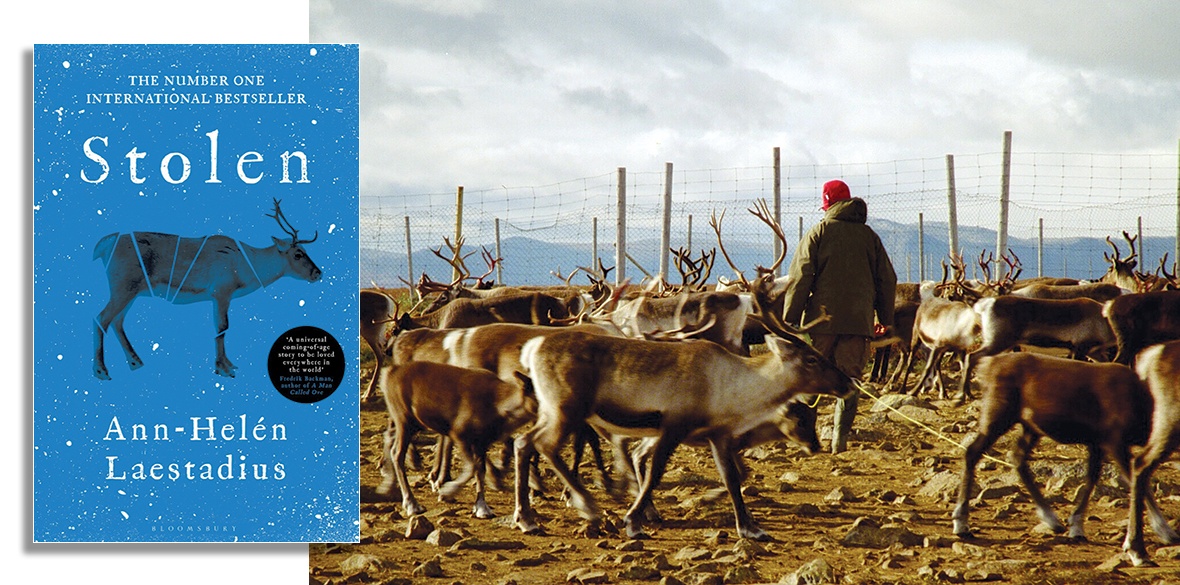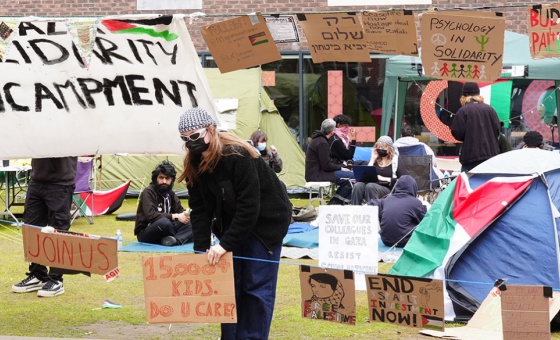This is the last article you can read this month
You can read more article this month
You can read more articles this month
Sorry your limit is up for this month
Reset on:
Please help support the Morning Star by subscribing here
Stolen
By Ann-Helen Laestadius
Bloomsbury Circus, £18.99
THE SAMI people inhabit the region of Sapmi, encompassing northern parts of Norway, Sweden, Finland, and Russia’s Kola peninsula. The region was formerly known as Lapland, and the Sami known in English as Lapps or Laplanders, but these terms are, today, deemed offensive.
This novel tells the story of a girl growing up in a Sami family and the story is told largely by her. Elsa lives in the north of Sweden and is a nine-year-old Sami girl when the narrative begins, maturing into an adult by the end.
Like many of the families here, herding reindeer is the family’s chief means of livelihood, but a malevolent Swedish poacher who lives in the vicinity sees the wild-roaming herds as a source of cheap income for himself. The unfolding conflict between him and the family is at the centre of what becomes a tension-filled crime story even if the only murder victims are the reindeer.
Like so many minority peoples, the Sami find their culture and traditional ways of life challenged and under pressure from modernity, discrimination, and racist attitudes.
Author Laestadius, herself of Sami descent, while telling the coming-of-age story of nine-year-old Elsa subtly shows how these factors play out in the daily lives of the villagers in their northern homeland.
Their traditionally harsh, nomadic lives have been transformed by modern housing, powered snowmobiles, cars, and schools; Swedish language and culture sit uncomfortably alongside their own; television, computer games, junk food and alcohol, mental health issues and higher suicide rates all play a part in undermining their previously cohesive, healthy and ordered lives.
And now on top of it all, global warming is also endangering their way of life.
From the 19th century onwards, the Sami have been targeted with Scandinavianisation and Christianisation policies aimed at forced integration. The Norwegian and Swedish authorities regarded the Sami as a “primitive people” in need of “civilising”, imposing Scandinavian languages, banning the Sami language and culture in many contexts, and particularly in schools.
To begin with, the Scandinavian authorities showed little interest in the harsh and non-arable inland populated by the Sami and did not interfere much in their way of life, but that would soon change. Unlike the coastal-dwelling Norwegians who were strongly dependent on their trade with the south, the Sami lived off the land.
With the gradual opening up of those northern regions for forestry and mining, Norwegians and Swedes moved north to gradually colonise the region.
In this moving crime novel Laestadius helps us comprehend what a terrible trauma for the Sami people this clash of cultures represents, and to bear witness to the erosion of their cherished way of life.












